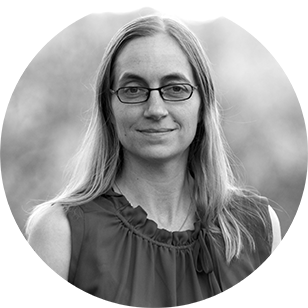Notre Dame is a magnificent monument to a misunderstood age
Every now and then, the stars align to create a virtuous cycle of creative brilliance, which illuminates civilization for centuries afterwards. The great cathedral arose in such an hour.
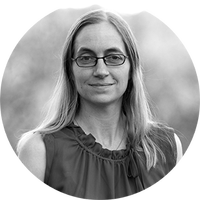
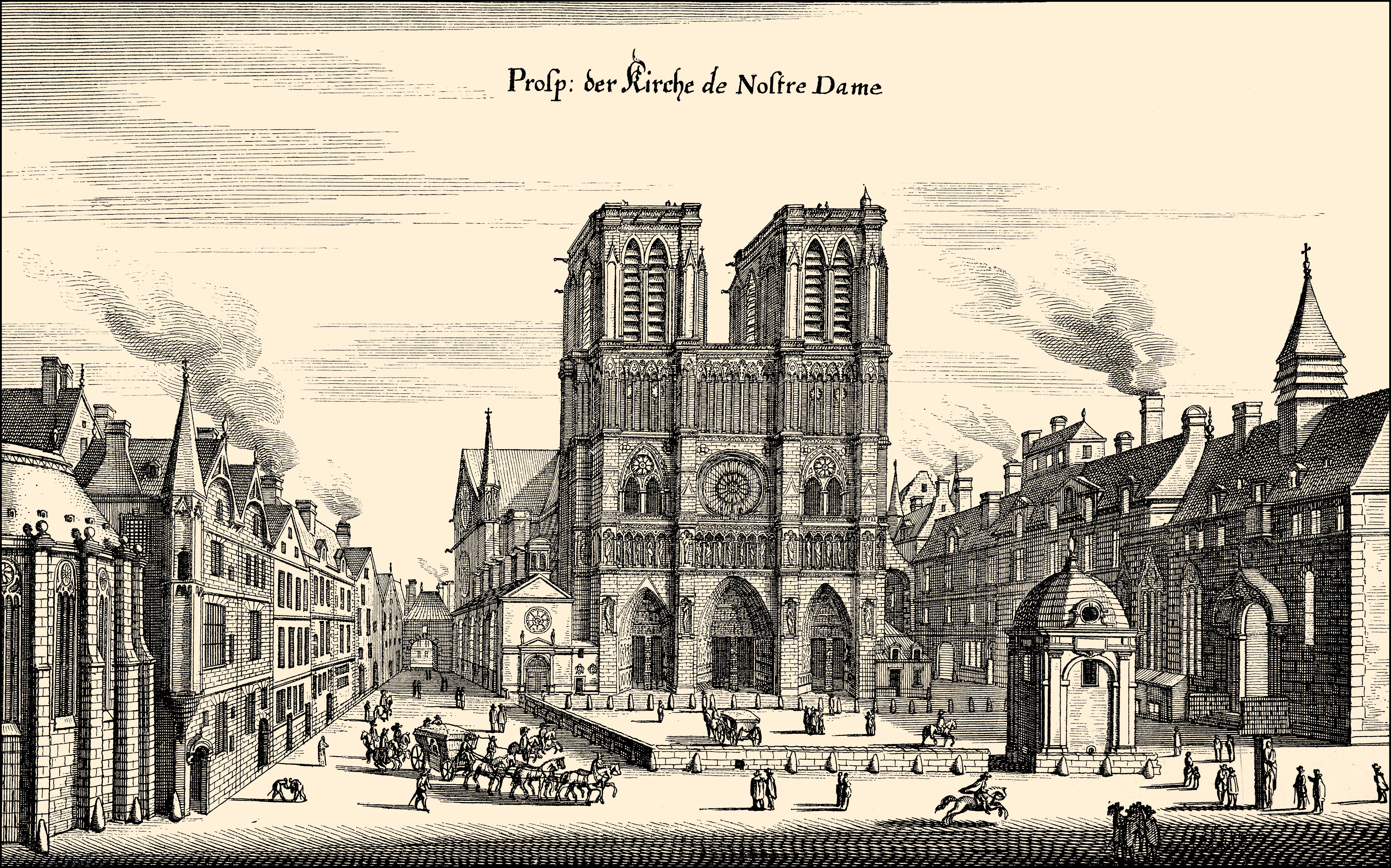
They saved the rose windows. After the horror we witnessed yesterday from the cathedral of Notre Dame, it seemed like a miracle to wake up to this news. That gorgeous stained glass, amazing in any age, has been catching the light for seven centuries now. I went to bed thinking that masterpiece was lost forever. It's not.
It's good to savor these hopeful moments, following a crushing loss. The great Gothic cathedral can be appreciated by people of all faiths for its tremendous art and architecture, and as a cultural memento from medieval Europe. Catholics were especially devastated, though, by the images of the cathedral in flames. We're keenly aware that our Church, as an ecclesiastical body, is not in a state of pristine health. Our leaders are venial and corrupt, and the abuse scandals never seem to end; the pews are predictably emptying as Rome tramples whatever moral authority it once had in the culture at large. Watching one of our most magnificent monuments burn to the ground seemed like one blow too many.
It didn't burn to the ground, though. Much has been lost, but it turns out that a large portion of the structure is salvageable. The magnificent windows have been saved, along with many of the most famous relics and works of art. Notre Dame needs considerable renovation, much like Catholicism, and human civilization more generally. But none of these things are truly dead.
The Week
Escape your echo chamber. Get the facts behind the news, plus analysis from multiple perspectives.

Sign up for The Week's Free Newsletters
From our morning news briefing to a weekly Good News Newsletter, get the best of The Week delivered directly to your inbox.
From our morning news briefing to a weekly Good News Newsletter, get the best of The Week delivered directly to your inbox.
I've never actually visited the Notre Dame cathedral, but I have spent several years of my life envying medieval Parisians. If that sounds eccentric, be assured there is a simple explanation: I was a graduate student. I gave over five years of my life to writing a dissertation on the moral philosophy of St Bonaventure. Perhaps in the reader's mind, this admission will summon a stereotypical image of an unkempt young person in a dusty library, crouched over enormous, yellow-hued pages, with a Latin dictionary on the right-hand side and a coffee mug to the left. That's basically accurate. I used to spend several hours of each day reading and translating Latin texts, most of which were originally penned by 13th-century scholars at the University of Paris.
It was quite the happening place back in the day. Paris in the high Middle Ages was sparkling with creative energy, fully on a level with Classical Athens, Renaissance-era Florence, or Vienna in its early modern period. I myself was transfixed by its contributions to philosophy, but the medievals also revolutionized art, architecture, poetry, literature, and political theory. Historical moments like this tend to fill us with awe; it's simply hard to understand how so much genius can be concentrated in a single time and place. What were they doing right in fifth-century Athens, or at the University of Paris? How could we recreate that? Every now and then, it seems, the stars align in exactly the right way to create a virtuous cycle of creative brilliance, which illuminates civilization for centuries afterwards. (You've heard of Plato, Michelangelo, and Mozart, right?)
The cathedral of Notre Dame arose in such an hour. Though it sits on the ruins of two smaller basilicas, its own foundation stone was laid in 1163 by Pope Alexander III. The high altar was consecrated just a quarter-century later, but it took two centuries to construct the magnificent, graceful edifice, tapping the skills of the greatest artists and drawing on all the cutting-edge innovations in engineering. Of course, there has been some renovation in the cathedral since that time, especially in the mid-19th century. In the main though, this building was a creation of the high medieval period, when Europe was bursting with confidence and filled with hope for the future. For Catholics, and traditionalists more generally, it's impossible to look on the conflagration without feeling deep regret for all that has been lost since that time.
That's appropriate in a way, but in another way it's quite wrong. Traditionalists and progressives alike tend to misunderstand the mood of the Middle Ages. We think of it as a time of untroubled piety, when everyone was united by a single worldview, which supplied every member of society with a social function, a purpose, and an explanation for why his life mattered. Religious faith was firm in those days, taken for granted by everyone from the king to the 4-year-old peasant. It wasn't fractured and embattled, as it is today. To some, this seems like a wonderful thing; others regard it as repressive or at least stifling. What if that common assumption just isn't true?
A free daily email with the biggest news stories of the day – and the best features from TheWeek.com
Perhaps we should say that the stereotype is half true. The Medieval Parisian universe was, to be sure, intensely Catholic. Synthesis was the gift and driving ambition of the medieval thinkers, who worked tirelessly to incorporate a wide range of arts and insights into one glorious picture. Their achievements in this regard are breathtaking, but the process was by no means untroubled, and the University of Paris was anything but peacefully pious. It was a flashpoint for ferocious controversies that wracked the entire Church, as Christians struggled to reconcile faith and reason, and divine and human authority. Some medieval thinkers were ultimately shunned as heretics. Many who are now viewed as luminaries of the faith, were deeply suspicious in the eyes of their contemporaries. Some of those theological controversies ultimately spawned political unrest and violence. Like all dynamic periods, this one had its paranoid nay-sayers, who warned that the opposition was threatening to drive human civilization straight over a cliff.
For all the sturm und drang, though, it's impossible to read texts from this era without getting caught up in the excitement of it. Paranoia and tribalism can crop up in any age, but in general this was a period when people were bursting with eagerness to discover, build, and explore. They did it for the glory of God, but there was nothing settled or safe about it. Beautiful things rarely arise from settings of unbroken tranquility. Progressives who shudder at medieval repression are seeing a very incomplete picture, as are traditionalists who yearn for an oasis from modern secularism. Medieval Paris was nothing like a totalitarian state, but neither was it an oasis.
Notre Dame, the great monument of a momentous era, now lies in ashes. It seems cruel that a few short hours could bring the destruction of something that took centuries to build. They saved the rose windows, though. Sometimes the beautiful things can be saved, in ways that we don't expect.
Rachel Lu is a writer based in Roseville, Minnesota. Her work has appeared in many publications, including National Review, The American Conservative, America Magazine, and The Federalist. She previously worked as an academic philosopher, and is a Robert Novak Journalism Fellow.
-
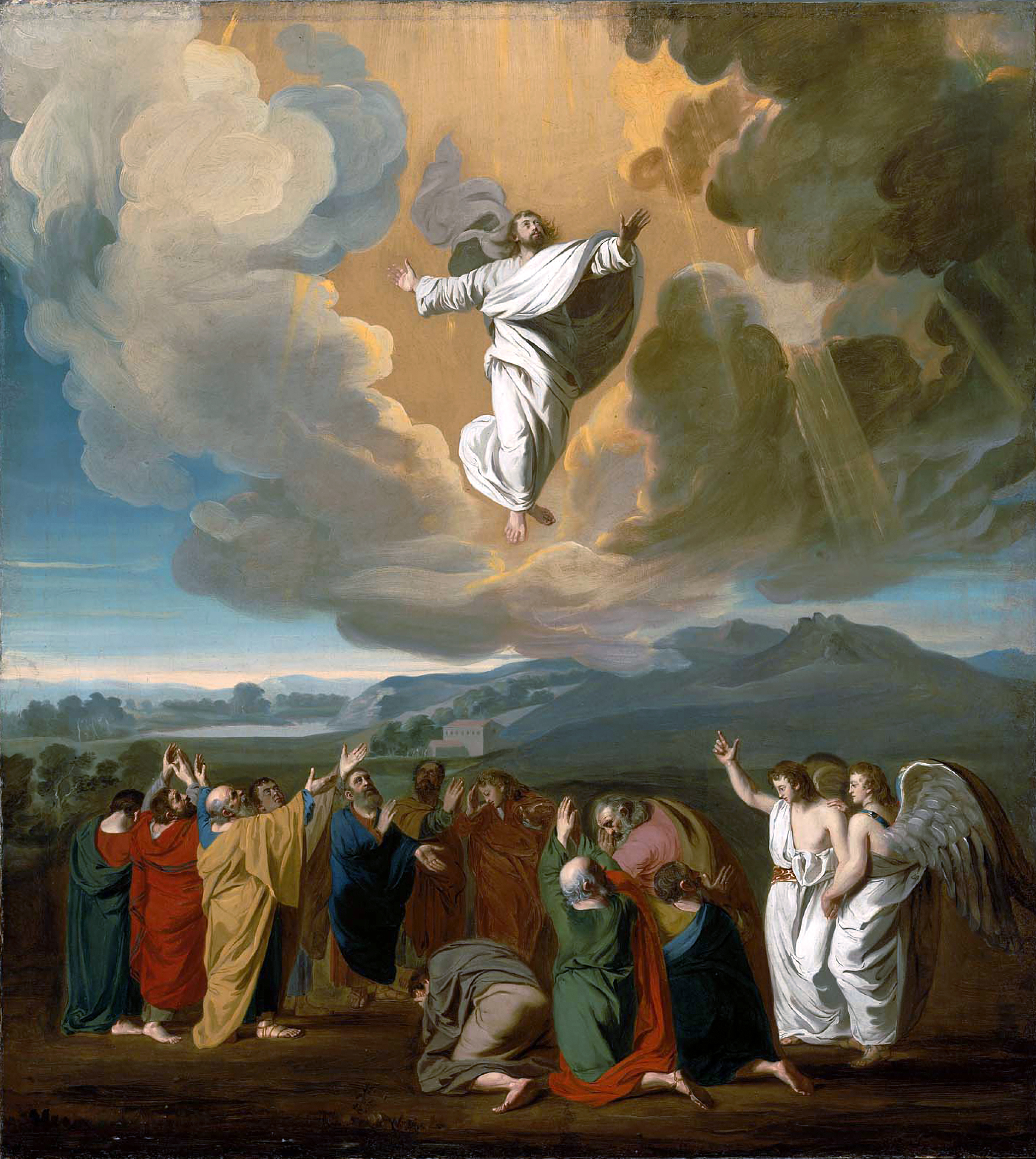 4 competing theories on the theological meaning of Easter
4 competing theories on the theological meaning of EasterThe Explainer Christus Victor, satisfaction theory, moral exemplar, and penal substitution
-
Remember that you will die
The Explainer It's time for us to revive memento mori, the practice of remembering death
-
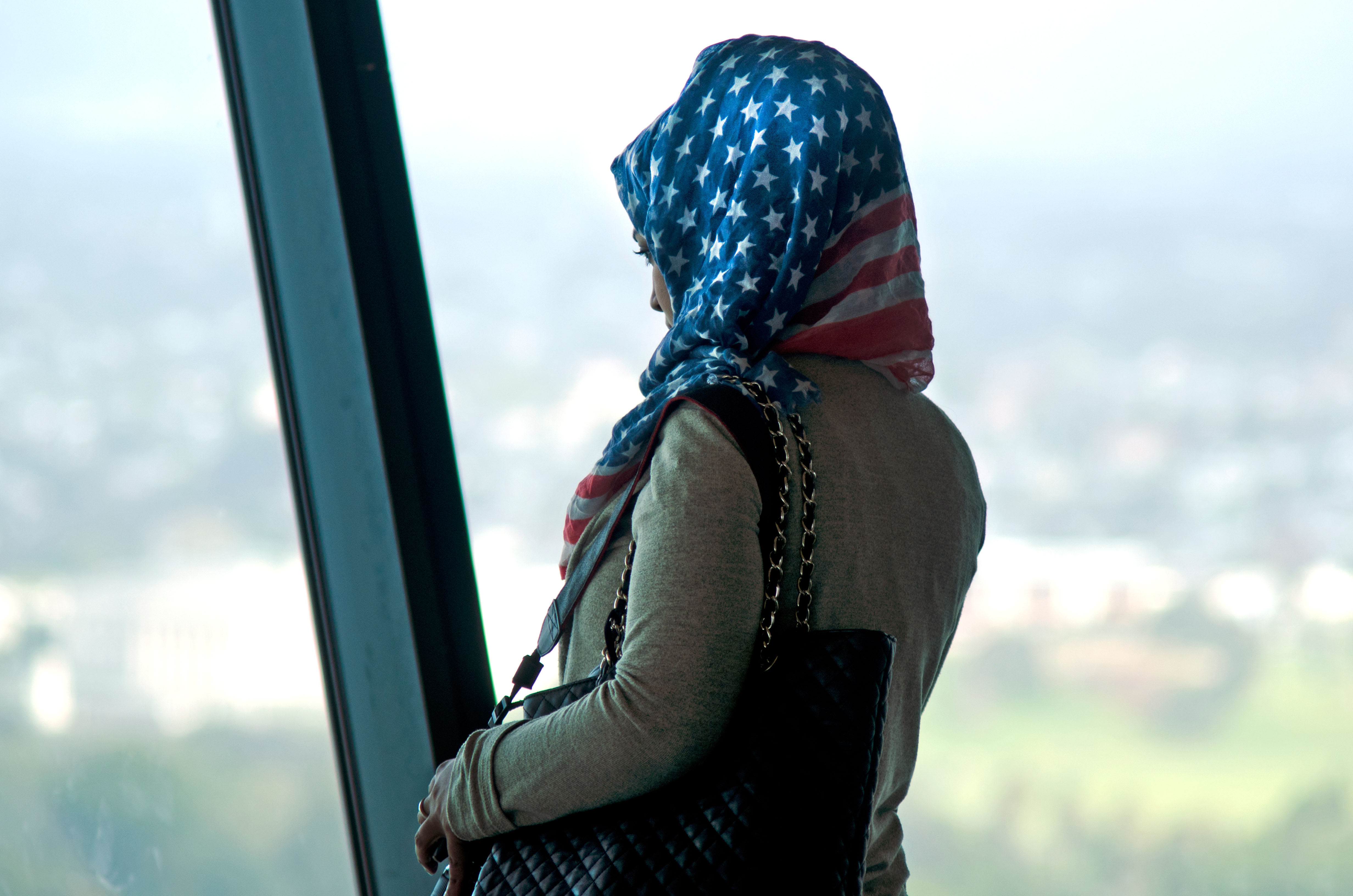 Being Muslim in America
Being Muslim in AmericaThe Explainer Islam in the U.S. has a long, rich history, but fears of terrorism complicate the future. Here's everything you need to know.
-
 The twisted logic of evangelical colleges welcoming straight atheists and rejecting gay Christians
The twisted logic of evangelical colleges welcoming straight atheists and rejecting gay ChristiansThe Explainer At many evangelical colleges, you're better off godless than gay
-
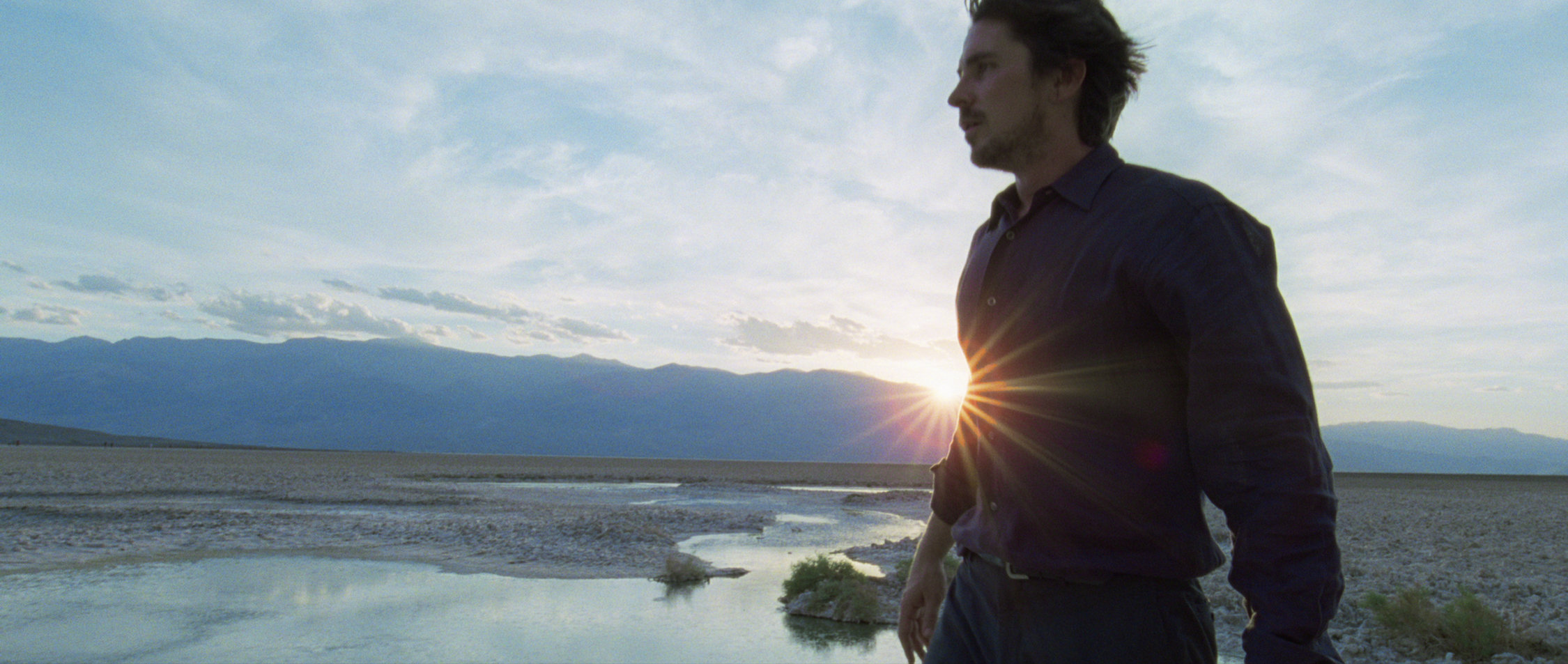 Terrence Malick's profoundly Christian vision
Terrence Malick's profoundly Christian visionThe Explainer The director's breathtaking new film, Knight of Cups, offers a movingly Christian outlook on life
-
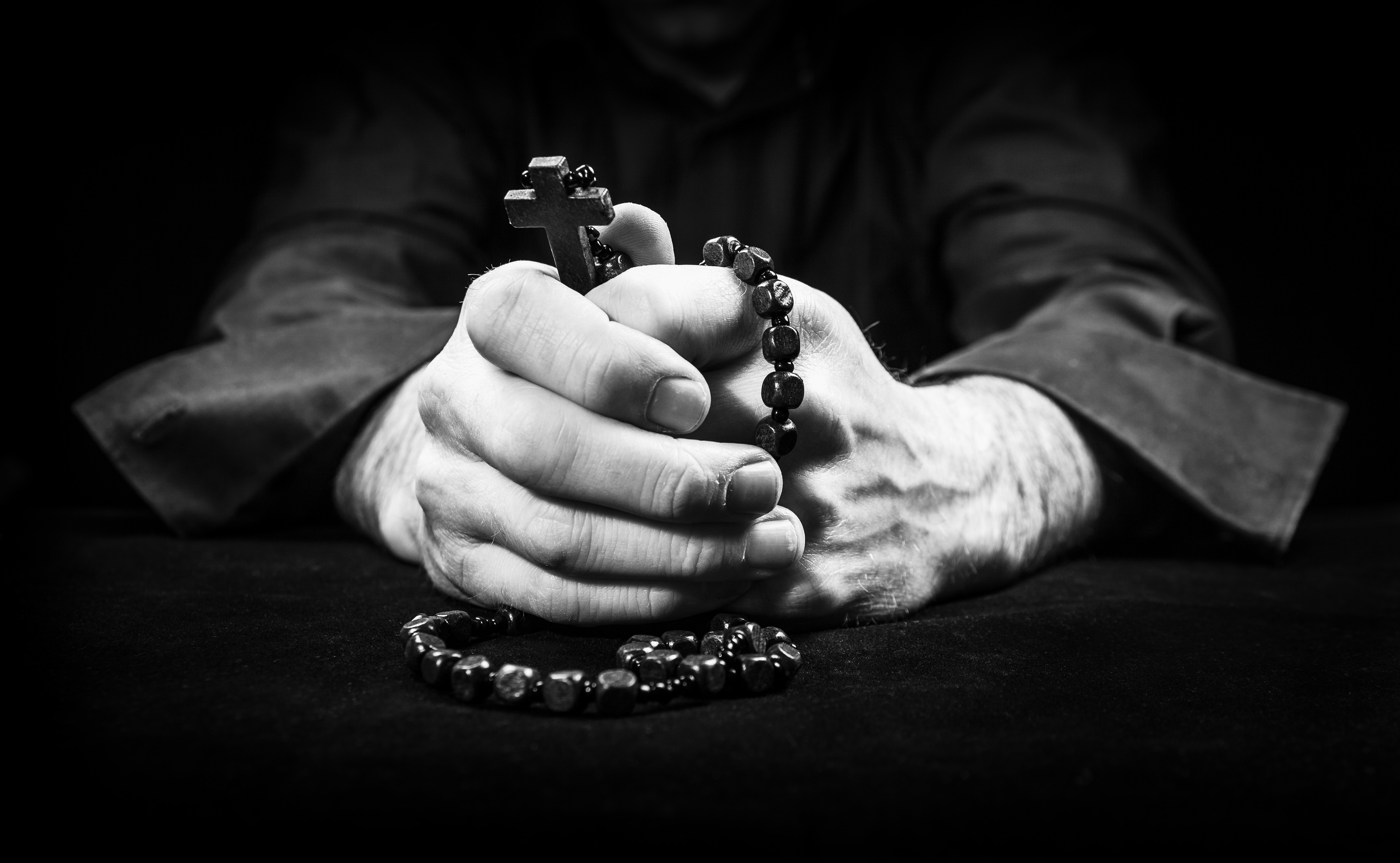 A pedophilia scandal is engulfing the oldest Catholic institution in France
A pedophilia scandal is engulfing the oldest Catholic institution in FranceThe Explainer Here's what you need to know
-
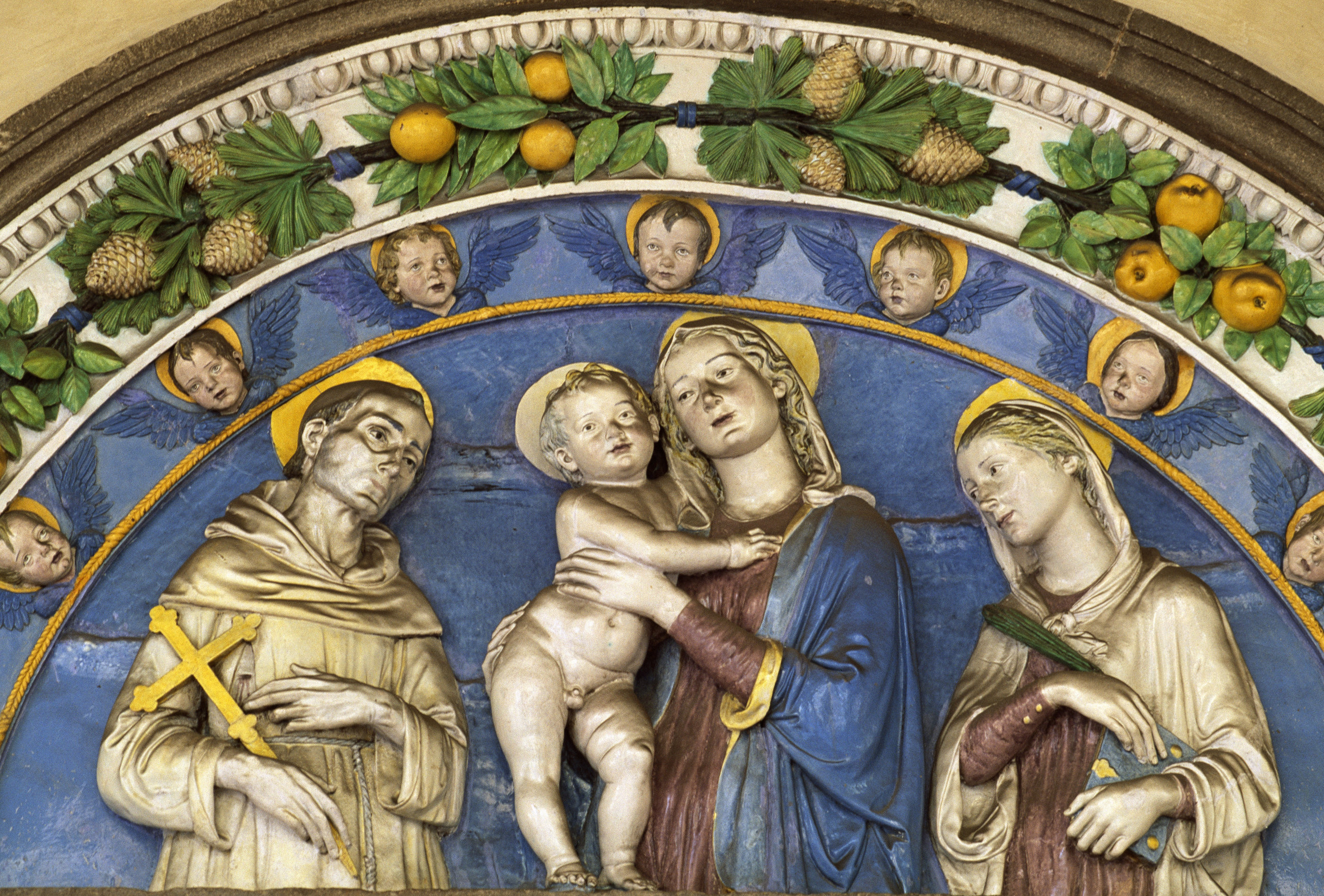 5 ways to understand Christmas on a deeper level
5 ways to understand Christmas on a deeper levelThe Explainer From the metaphysical to the personal...
-
 Is America's obesity epidemic actually a spiritual crisis?
Is America's obesity epidemic actually a spiritual crisis?The Explainer There are many reasons why Americans love to eat too much. Some may be rooted in our deepest existential anxieties.
